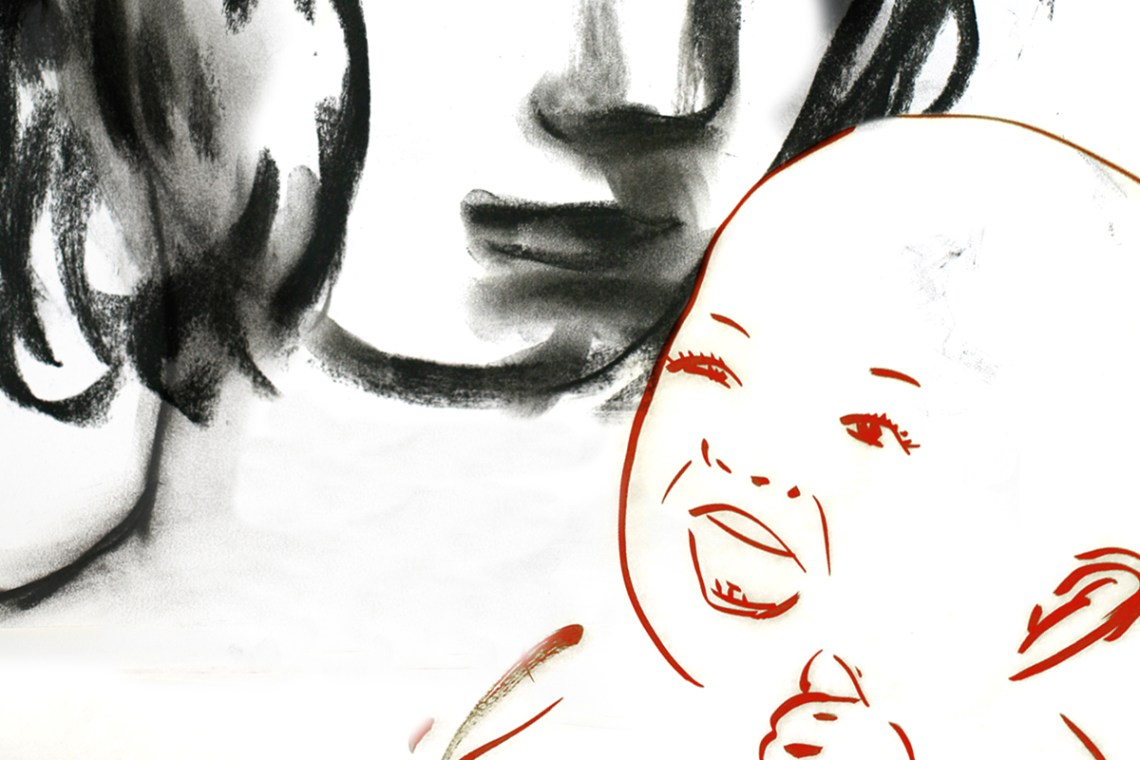Some identifying details have been changed for patient privacy.
I am a hospital pediatrician in Texas, where since 2021 a law has been in force that outlaws abortion after about six weeks of pregnancy. Under SB 8, anyone who “abets” or “intends” to abet a later abortion can be sued. The law is deliberately vague: even an imagined act, an intent, can be illegal. Because of this, we stop ourselves before we begin to act.
Once, I cared for a baby with a complex neurological condition. Her mother had a similar condition; she’d spent much of the pregnancy in an intensive care unit, and had a scar in the notch of her neck where a long-term breathing tube had been placed. The baby had also required intensive care, but she was breathing on her own now, smiling and playing. She’d lost weight while at home recently, so we were adjusting her formula a few milliliters at a time, and trying to make sure that her neurological disease did not take up all the energy she needed to grow.
It was a long, boring hospitalization, and they both seemed tired. They were up from South Texas, from a town too small for a Walmart, just a clutch of stores around a stoplight on the highway where it runs long and flat over the Coastal Plain, with a gas station and a hair salon and a taco joint where cops get a discount. When I’d walk into their room in the morning, the blinds were usually down and the mother would be asleep, while the girl gurgled happily in a mechanical swing. I’d wake the mom up and we’d talk about the baby: her weight today, the formula, how much she was spitting up. The mother’s words surfaced like air bubbles moving through syrup, very slowly and then all at once.
“Did she throw up last night?” I’d say, and she’d look at my face a long time before saying in her underwater voice, “Yes.”
“How many times?” I’d say, and there was that long pause again before she said, “Two.” Conversation took time, and each day I learned one or two things about them. They were homeless, and planning to stay with cousins temporarily when they left the hospital. The father was nowhere. I imagined them moving from place to place, with the IV pole where the baby’s formula hangs sticking out the side window of their compact car.
One of the nurses at the hospital thought the baby was being neglected, and that this explained the recent weight loss. (Neglect and abuse of children are so common that we always have to consider them in diagnosis.) But it seemed to me that this mother and child both just had some disability, and were doing their best without much support. We’ll spend millions on medical care to save a baby’s life, but can’t shell out eight hundred bucks a month for rent once the family leaves the hospital.
When the mother told me she was pregnant again I figured she would lose her daughter. Who but foster care would take the child if her mother was in the ICU again for months? But she didn’t want to lose her daughter, or be in the ICU again, or die. A new baby would likely be sick, too.
“I need to get rid of it,” she said.
I counted back the days in my head for as long as they’d been in the hospital. It seemed far-fetched that she would safely end the pregnancy. Where would she get the money? There was not even rent to skip. She could apply for donor funding through a clinic, I hoped.
Since abortion care is isolated from the rest of medicine, I could not send her over to the obstetrics clinic at our hospital, or down to the emergency room like I might for another condition. Instead, I called a colleague to refer her to an outside clinic. Under Texas law, she would have two separate appointments. At the first, she would receive state-mandated counseling and a transvaginal ultrasound where the doctor would be required to show and describe to her the image of the embryo. Then there would be a twenty-four-hour waiting period. She would have a second appointment for the procedure or medicines she’d need to end the pregnancy.
“We highlighted the number to call,” I said, squatting in her hospital room to be at eye level with her where she lay on the couch. The room was dim and the child was napping.
After a long pause, she said, “This is weird.”
“It’s weird?” I asked.
During the next pause, her daughter stirred in her crib, then sighed. She had begun to gain weight again.
Advertisement
“To talk about this. With a doctor,” she said.
“Well,” I said. “It’s just healthcare. This is what we do.”
I thought it might be easier for her to get the procedure while her daughter was in the hospital—their hometown was hours away from any abortion services. But the social worker at the hospital told me that the mother felt like we were keeping her against her will, holding the baby hostage. And the baby’s weight was improving anyway, so we let them go. The mother took her baby and she left.


